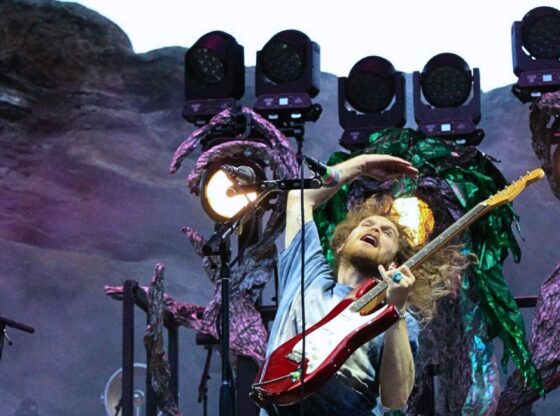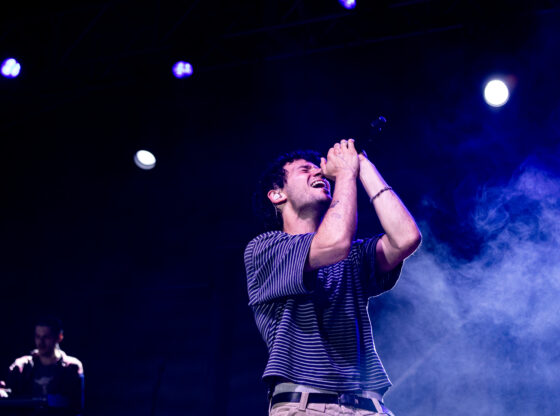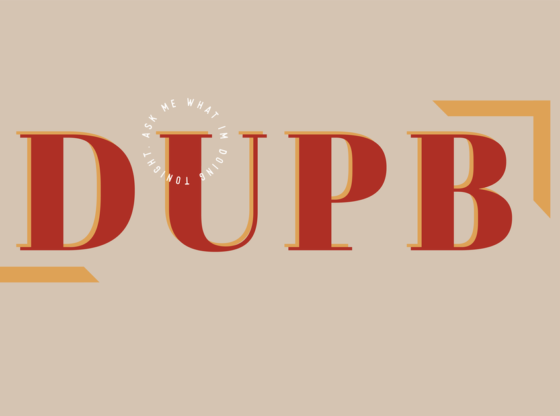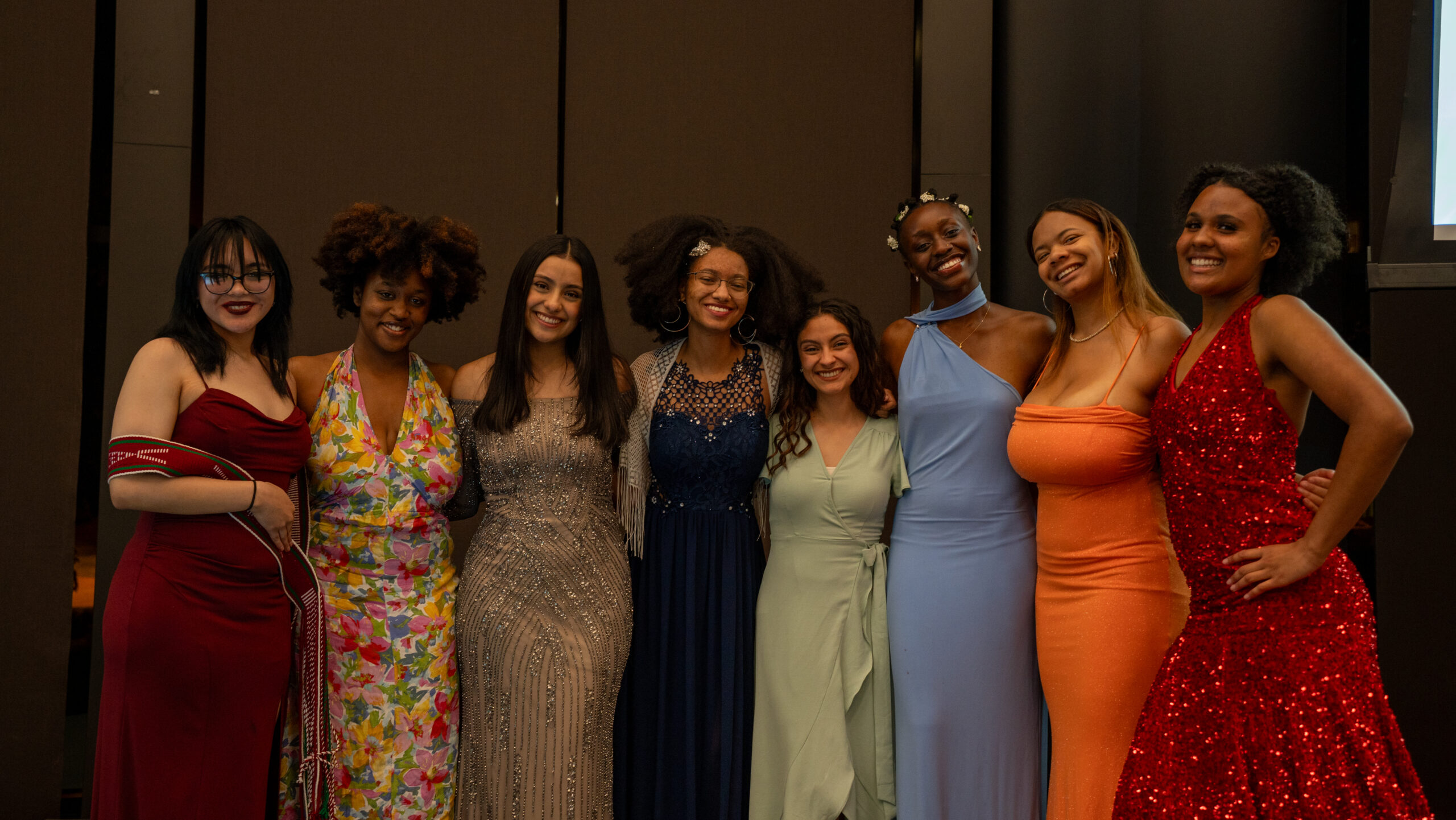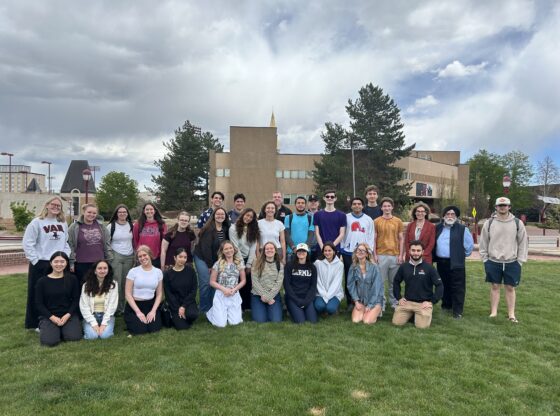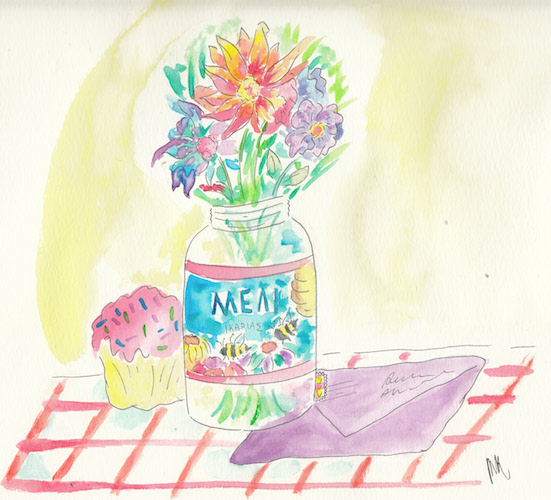“Where the Wild Things Are” sits on over 19 million shelves globally. It’s not just because of the colorful and mischievous illustrations but because its author, Maurice Sendak, reinvented children’s media and all that it should be. Currently, the Denver Art Museum is hosting, “Wild Things,” an exhibit honoring Sendak. It runs until Feb. 17.
The exhibit spans Sendak’s life, opening with his childhood in Brooklyn during the 1930s. He was diagnosed with various illnesses and spent most of his early life quarantined. As tragic as this time was, it became the bedrock for his art.
A host of diseases combined with growing up Jewish during World War II caused Sendak to face death throughout his childhood. As a result, most of his books explore heavy themes like grief and loss through an adolescent lens.
For example, his book, “Higglety Pigglety Pop!” follows his childhood dog Jenny as she embarks on one last adventure, trying to discover her purpose. Sendak wrote it to deal with the grief as Jenny was dying and sought to comfort his readers as they faced similar losses.
It is rare that children’s media discusses such intense subject matter, but that is exactly why Sendak’s work is so important.
Many children face grief, perhaps not at the level Sendak did, but a study by Columbia University found that 81% of the participants experienced the death of a loved one before the age of 18. Even though most adolescents have encountered this subject matter, generally, authors do not like to discuss it.
Sendak tackled this content by relating to his audience, believing that children have “the ability to confront experience intensely and directly and creatively.” His work encapsulates everything that he admired about childhood.
In “Where the Wild Things Are,” the protagonist Max is sent to bed without supper and in his discontent, creates an island of monsters. His monsters or “The Wild Things” represent powerful emotions which Sendak personified as intimidating but ultimately, powerless, teaching children that they have the strength to overcome their “wild things.”
Instead of telling a story that chastises children for their own feelings, Sendak recognized the validity of their experiences. The book does not punish Max for feeling angry but allows him to confront his monsters and become stronger for it.
What I find admirable about Sendak’s art is that he avoids telling children who they should be. He is not just another adult instructing the audience about how to act and feel. He talks to his readers, not down to them.
His books empathize with the condescension adolescents often face, and Sendak encourages kids to be kids. His protagonists are headstrong and confident, but never does he impose a lesson that they need to change who they are.
Sendak disliked children’s books that tried to shape the reader into becoming what adults expected of kids. He grew a “particular disregard for what a children’s book was supposed to be,” so he “brought to the industry the rebellious kid.”
Many authors see their stories as another way to discipline children, creating cautionary tales that punish the characters for making mistakes. Yet, Sendak saw children’s literature as an opportunity to comfort, to acknowledge that being young can be “barbaric,” but that the ability to endure is admirable, at any age.


